Citius, Altius, Fortius—Faster, Higher, Stronger. This is the motto of the renowned Olympic Games, a quadrennial event where the most elite athletes go head to head for a chance to be recognized as the best in the world in their respective sporting events. Olympians train tirelessly their whole lives for a chance to be acknowledged on this grand stage and breakdancers would finally get their shot at global recognition when it was announced that breakdancing, or “breaking,” would be featured in the 2024 Paris Olympics.
The announcement of the new addition to the Olympics sent waves of excitement throughout the global breaking community. B-girls and b-boys from 16 countries would go on to qualify for this event, including Rachael Gunn, known as “Raygun” on stage, competing in the women’s tournament representing the Australian Olympic Committee. She was introduced to breakdancing by her future husband and coach, Samuel Free, later going on to earn a PhD in cultural studies and becoming a lecturer at Macquarie University Faculty of Arts, all while still competing in breaking competitions. Prior to the Olympics, she represented Australia in three consecutive world-breaking tournaments and won the Oceania Breaking Championship in 2023 to secure her spot in Paris.
Olympic breakdancing was formatted tournament-style, with a round-robin stage where all the breakers show their routine and the eight breakers with the highest score moved on to the one vs one elimination rounds. Each b-girl and b-boy would take alternate turns performing their 60-second routine, or “throw down.” The breakers would alternate three times per round, and would be scored on factors such as creativity, personality, and technique. A panel of five judges made up of fellow breakers, such as former German breaking vice-champion Frieda Frost, judged each round and distributed points accordingly. The breaker with the most points in the round was permitted to advance in the tournament. With all these factors in mind, Raygun knew she’d have to outperform eight other people to even make it to the elimination stage. The aptitude in dancing one must have to compete at this level is immense, and it would turn out to be too much for the lecturer turned breaker.
What transpired on that Parisian floor was a travesty of dance. She flailed her arms about like a helicopter, squirmed around on the ground like a fish out of water, and most egregious of them all, hopped around like a kangaroo for three rounds. She performed all these “dance” moves with a straight face and even had the gall to mockingly yawn while her opponent performed their routine. Safe to say, she did not move past the round-robin stage, not earning a single point and losing by a score of 0 to 54. Naturally, Gunn quickly became the subject of online ridicule, even being mocked on The Tonight Show by comedian Rachel Dratch. Gunn’s routine was an insult to breaking as a sport, but more importantly as a culture. It was like witnessing the gentrification of breakdancing; any semblance of style or swag had been completely absent from her performance.
Unfortunately, videos of the full routine have been all but scrubbed from the internet by the International Olympic Committee (IOC), citing copyright violations as the reason for this expurgation. However, video clips of those abhorrent spasms labeled as dancing have continued to spread. Many questioned her qualifications, some even starting a change.org petition pleading that the IOC investigate possible claims of nepotism. There was no basis in these accusations, so the question is: how did somebody who completely lacked the skill to breakdance on an Olympic stage make it so far?
One has to look no further than the official match that earned her a spot on the Olympic team: the 2023 Oceania Championship Final. Gunn had performed a similarly ridiculous routine, and her opponent, Molly Chapman, didn’t provide much stiff competition. Both lacked the breaking ability to compete with the best in the world, but Chapman did seem to be slightly more skilled than Gunn in the final. This being the fiercest breakdancing competition in Australia is either a reflection of the skill level of breakers from the country, or, the more likely option, those who do have the talents to compete at the top don’t realize the opportunity is there. There are 26 million Australians living in the country, at least one of them is bound to be good enough to compete at the Olympic level…or at least someone who wouldn’t embarrass themselves as badly as Gunn did.
Raygun isn’t a disgrace to breakdancing simply because she can’t dance. She could keep doing her kangaroo hopping routine in front of her university class and no one would bat an eye (except maybe her students). But because she confidently strutted up to the stage, knowing the cultural significance and skill it takes to break, it was inexcusable. If she truly appreciated what breaking is and what it stands for, as her PhD thesis Deterritorializing Gender in Sydney’s Breakdancing Scene makes it seem, she would’ve never walked onto that stage.
As it stands now, this was the last opportunity for breakdancers to show off their abilities on the world stage, as the Olympic committee for the 2028 Summer Olympics to be held in Los Angeles has chosen to omit breakdancing from their events list. The decision to exclude the event at the next games was made long before Raygun’s performance, but it is unfortunate that this catastrophe might be the most significant story to come out of international breakdancing. The future of breaking in the Olympics may be uncertain now, but what is for sure is that if the event does return, it will be better off without the distasteful Raygun-style of breakdance.

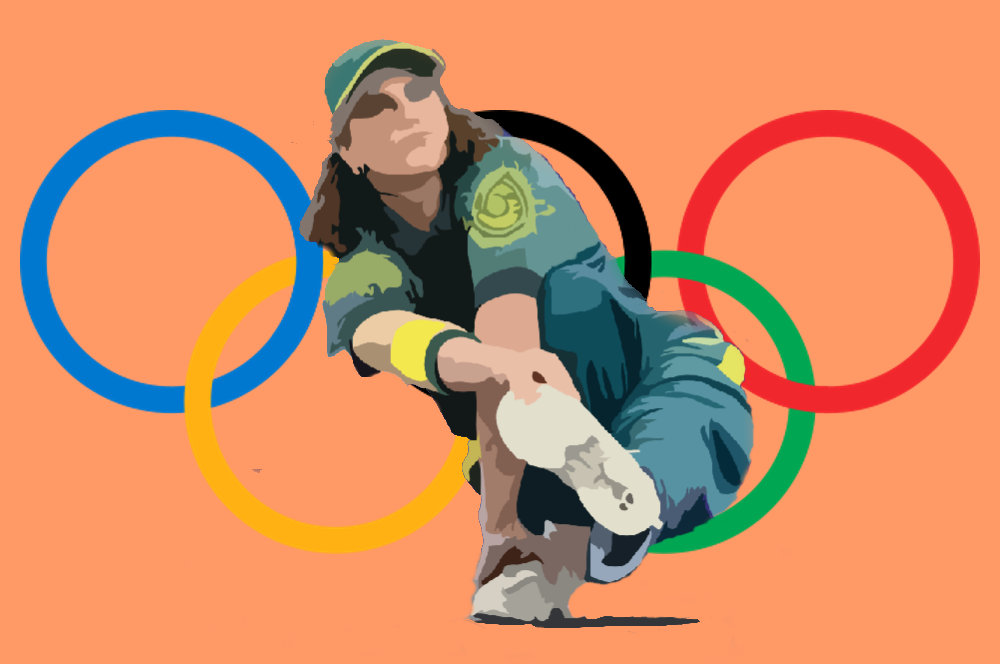


![Weighing her options, senior Allyana Abao decides between going on a practice drive or calling an Uber. Though unlicensed, Abao has considered driving to be a significant milestone of teen independence despite alternatives that provide much easier solutions.
“You're able to be independent and not rely on others,” Abao said. “You're able to get a job, get things that you need, go places you need to go. I have so many places that I want to go to and I ask [my family] for so much. I want to be independent to where they know that I can do things on my own, so they know that they don't have to be there for me.”](https://southwestshadow.com/wp-content/uploads/2025/10/IMG_2922-1200x900.jpg)
![Looking at the board, former BSU secretary Christina Altaye begins to prepare for BSU’s second year of Club Feud. This year, “Are You Smarter Than a Ninth Grader?” will be replacing this event. “I think it’s a fun change [to Club Feud],” BSU Activities Director Hellen Beyene said. “[I think] it’s always fun to do something new and different.”](https://southwestshadow.com/wp-content/uploads/2025/10/Screenshot-2025-09-29-11.06.43.png)

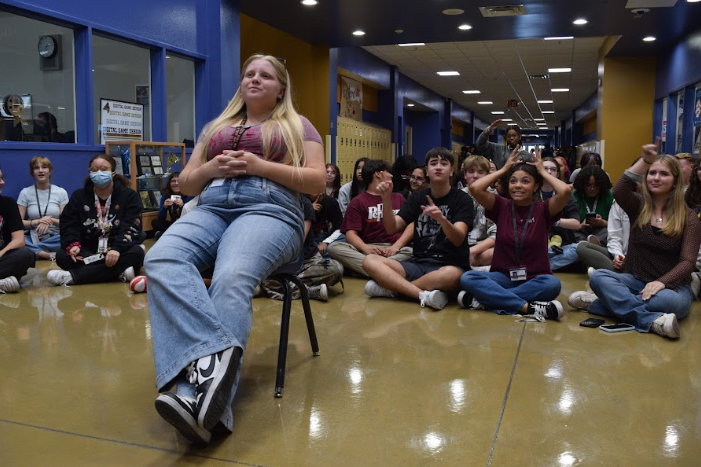
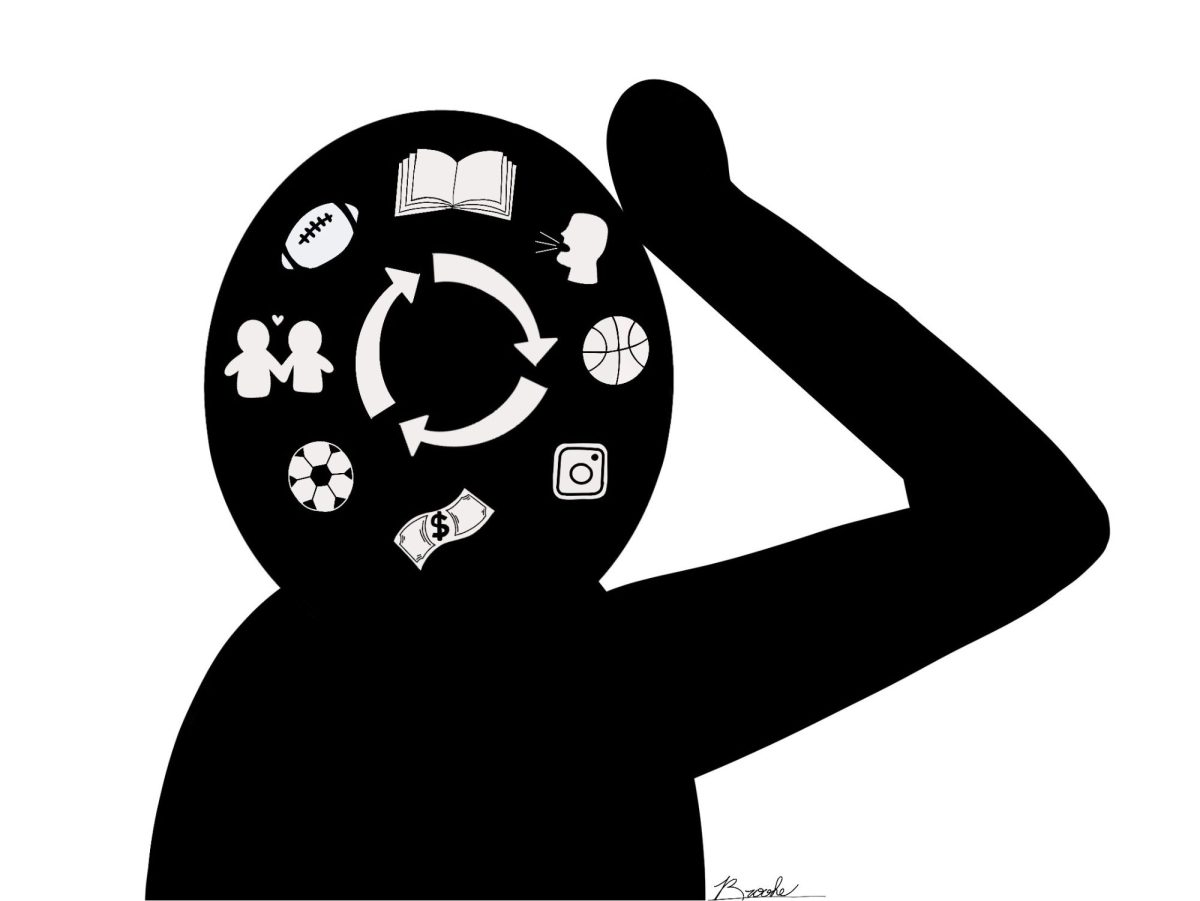




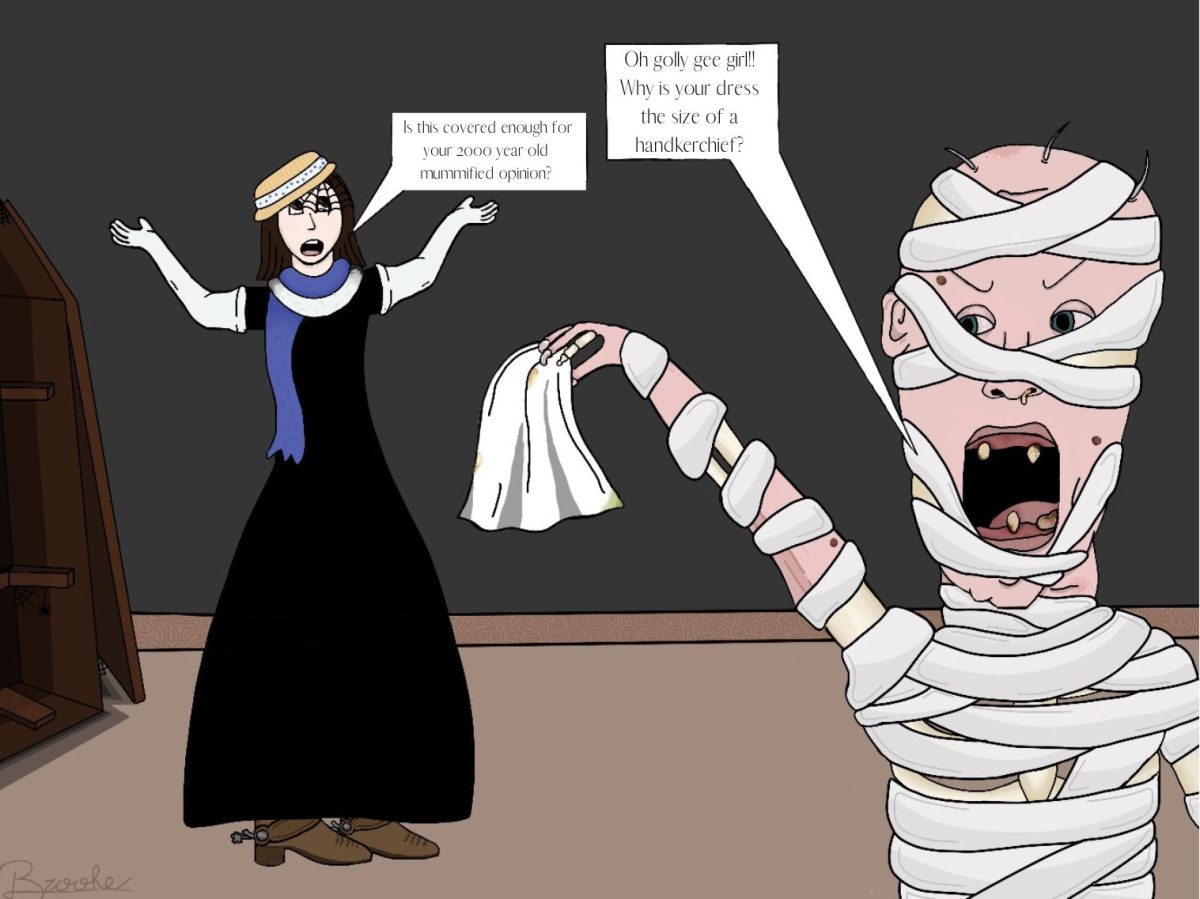

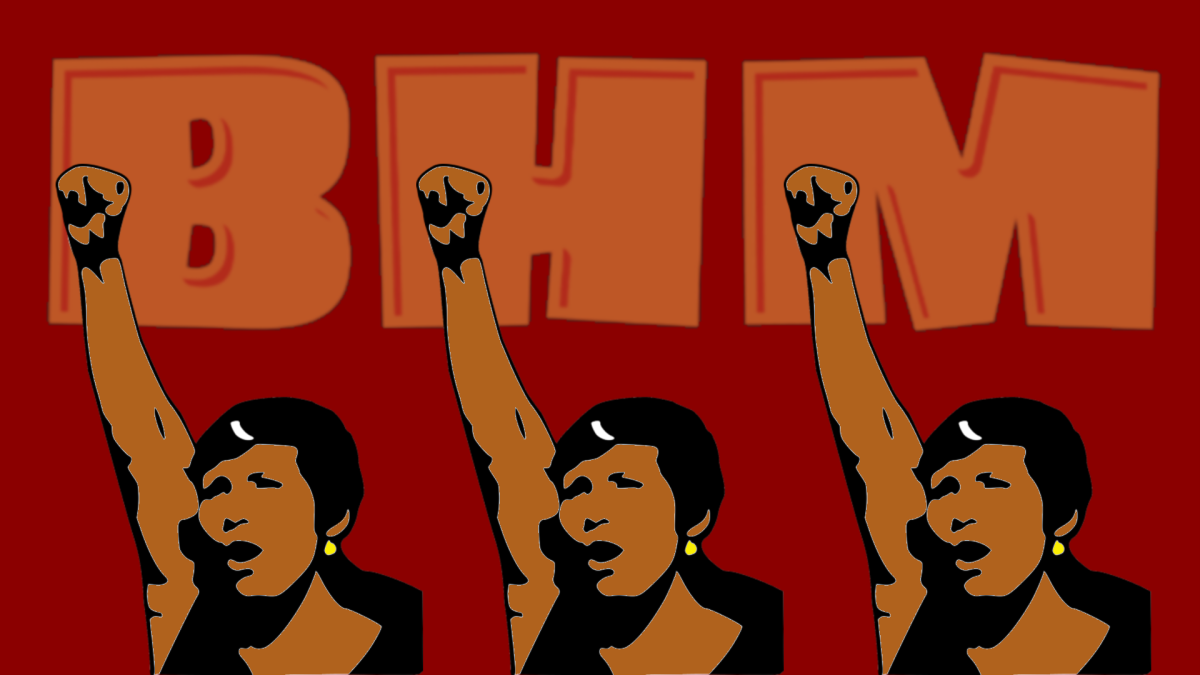

Teri Fish • Sep 21, 2024 at
She was completely disrespectful to the Olympics & the sport of breaking. I ask was her purpose to take ALL the attention away from the REAL athletes? If so, she did! Australia & her should be ashamed! B